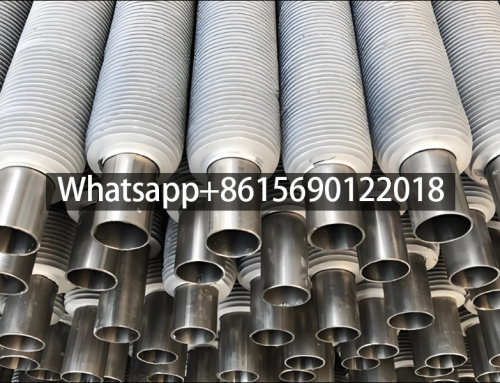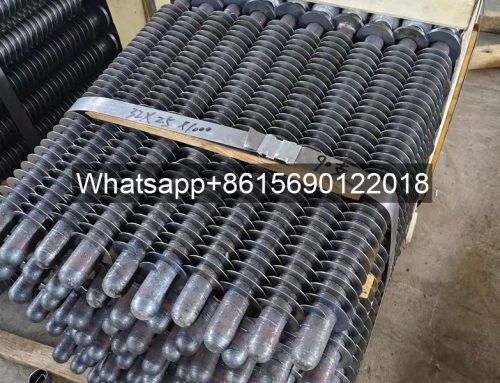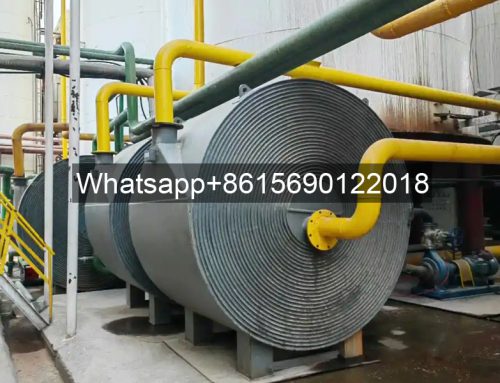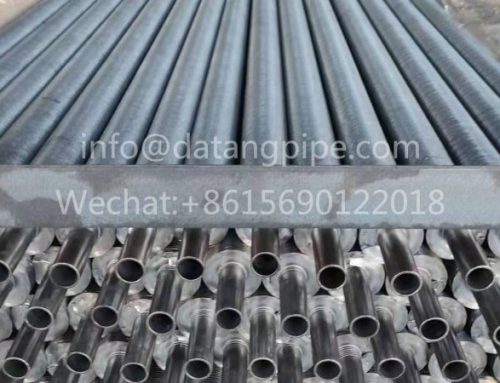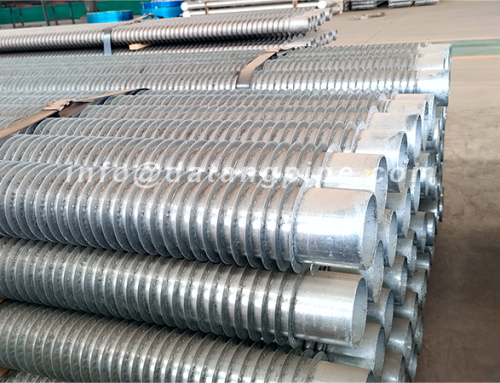What is the difference between serrated fins and solid fins?
Serrated fins and solid fins (such as straight fins) differ significantly in their structural design and heat transfer performance. The specific differences are as follows:
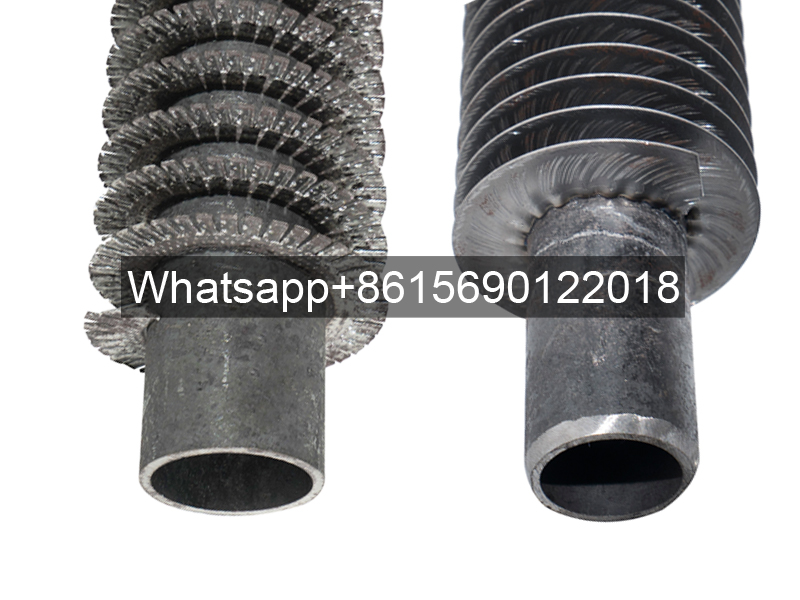
Serrated Fins & Solid Fins
1. Fin-tube structural design
Serrated fins: The fin edges have serrated cuts, which disrupt the fluid boundary layer and enhance turbulence.
This design increases the effective heat dissipation area and improves the contact efficiency between the air and the fins through turbulence.
Solid fins (such as straight fins): They have a smooth surface without cuts and a simple structure. They primarily rely on increased surface area for heat transfer, but they also reduce fluid turbulence.
2. Heat Transfer Efficiency
Serrated fins: Due to the eddy currents generated by the serrated structure, the heat transfer coefficient is 15%-40% higher than that of straight fins. This makes them particularly suitable for applications with high heat transfer requirements (such as refrigeration equipment and industrial waste heat recovery).
Solid fins: Lower heat transfer efficiency but lower resistance. They are suitable for applications with stable air flow or those sensitive to resistance (such as household air conditioners).
3. Fluid Resistance
Serrated Fins: The serrated structure increases airflow resistance, resulting in 20%-30% higher windage losses than straight fins.
Solid Fins: Low fluid flow resistance, suitable for low wind pressure environments.
4. Fin Tube Applications
Serrated Fins: Mostly used in applications requiring rapid heat dissipation or enhanced heat transfer, such as electronic equipment cooling, automotive engine cooling, and chemical media cooling.
Solid Fins: Suitable for applications with high noise and resistance requirements, such as residential air conditioning and clean air heat exchange systems.
5. Fin Tube Processing and Cost
Serrated Fins: Complex processing (such as extrusion and welding) leads to higher costs, but excellent heat dissipation performance.
6. Fin Tube Advantages
Solid Fins: Simple manufacturing, low cost, and suitable for large-scale production.
Serrated fins sacrifice some fluid resistance for higher heat transfer efficiency, while solid fins meet general requirements with low resistance and low cost.


